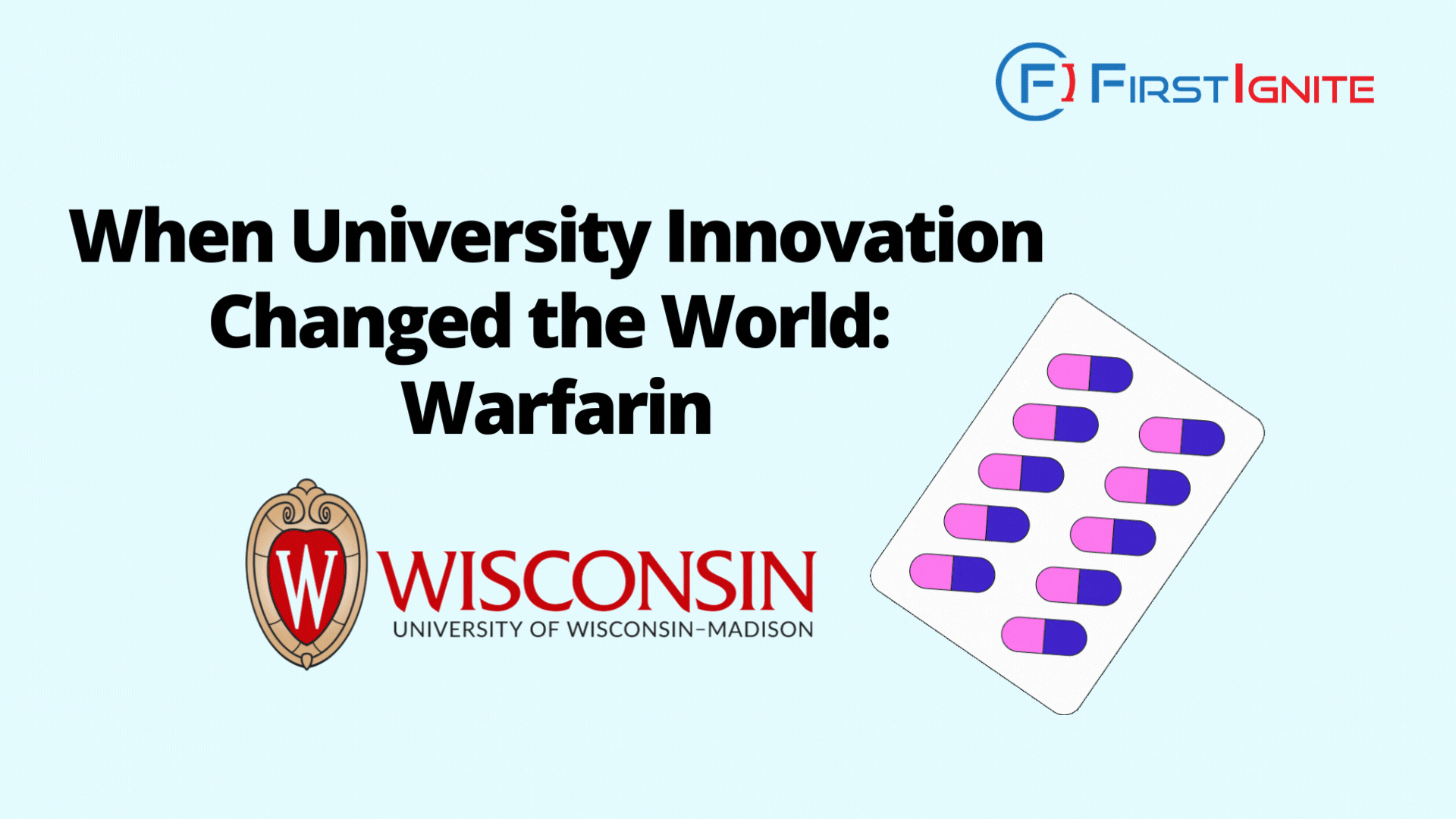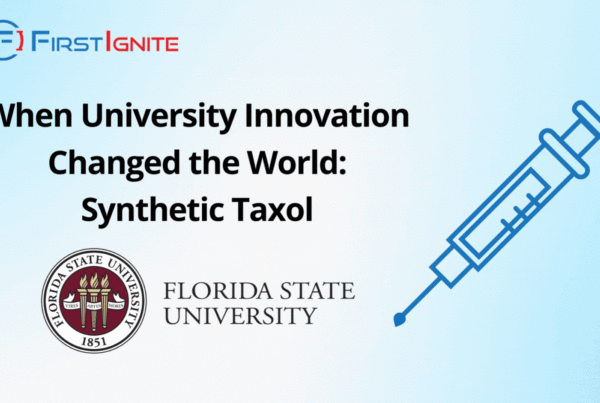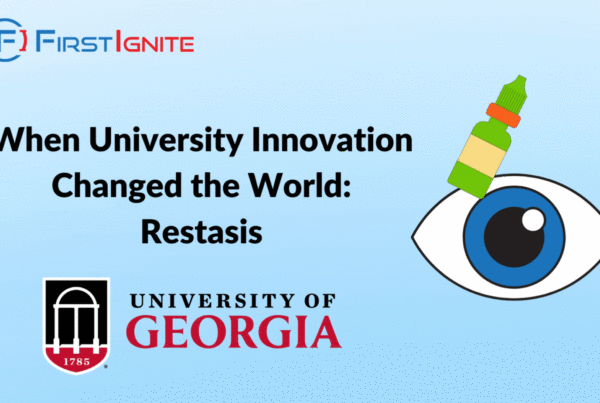
Did you know that a University of Wisconsin biochemist discovered Warfarin? Dr. Karl Link originated the anticoagulant compound that continues to save many lives today.
The discovery of Warfarin dates to the 1920s when cows were dying of unknown causes in the northern prairie states of America and Canada. While working at the University of Wisconsin, Dr. Link discovered that the cause was the chemical compound “coumarin” that was present in hay fed to the cows. In 1948, Dr. Link developed the compound into a rat poison called Warfarin. This development eventually led to the discovery that Warfarin could be safely consumed by humans as a way to prevent blood clots. One of the early recipients of Warfarin was President Dwight D. Eisenhower following a heart attack. Today, the medication is most commonly used to treat those with a mechanical heart valve, atrial fibrillation, clotting disorders, or a higher risk of a blood clot after hip or knee surgery.

As of 2021, the anticoagulants market is worth $32 billion and is expected to reach $70 billion by 2031. It is estimated that 2,424,821 people in the United States alone use Warfarin. Those 2,424,821 lives were saved because of a university innovation.
University innovation has the ability to change the world. Keeping up with university innovation is crucial to your organization’s competitiveness. FirstIgnite can help your organization identify and partner with the specific universities, laboratories, and experts you need in order to discover the next life-saving drug, like Warfarin.




